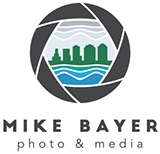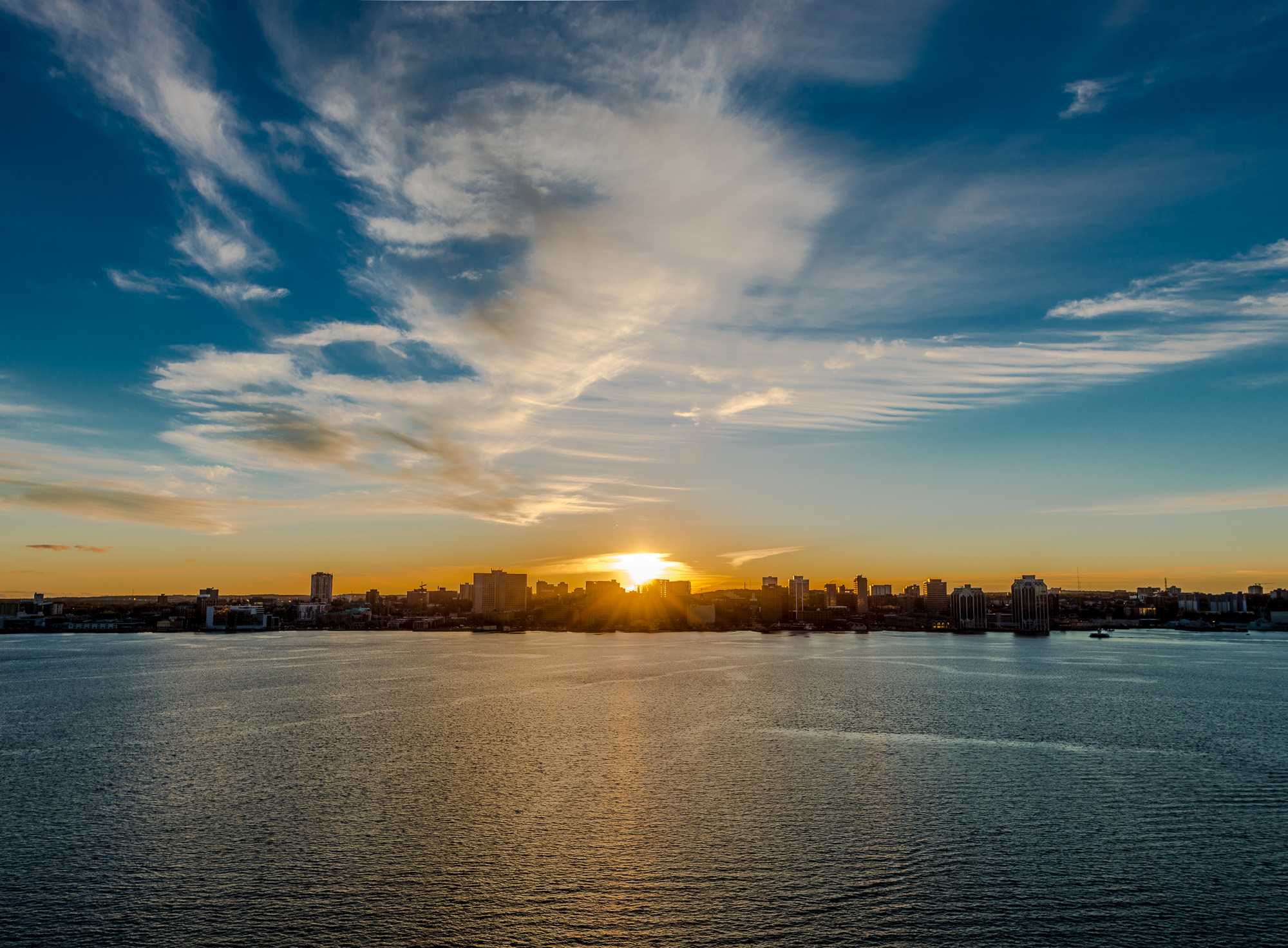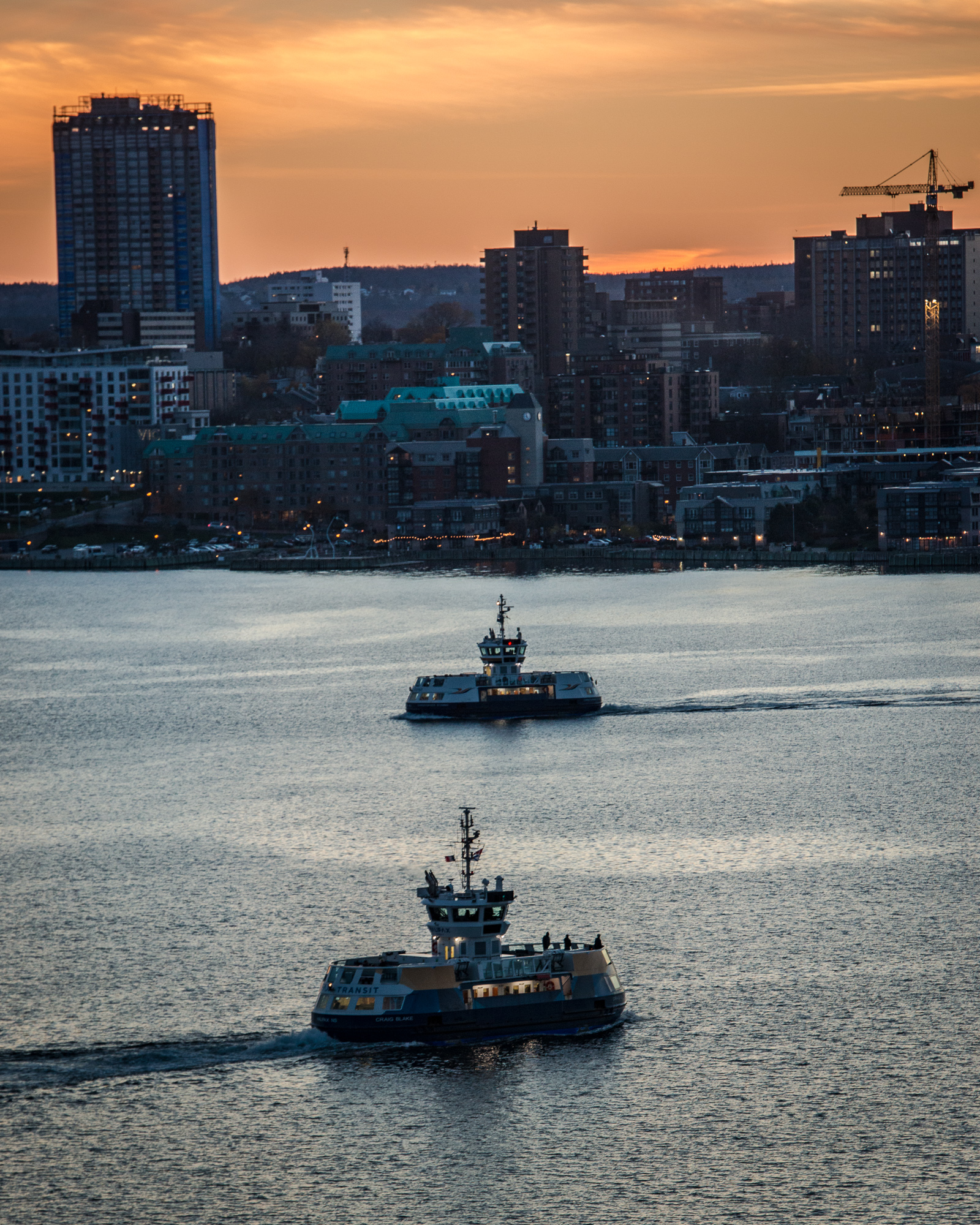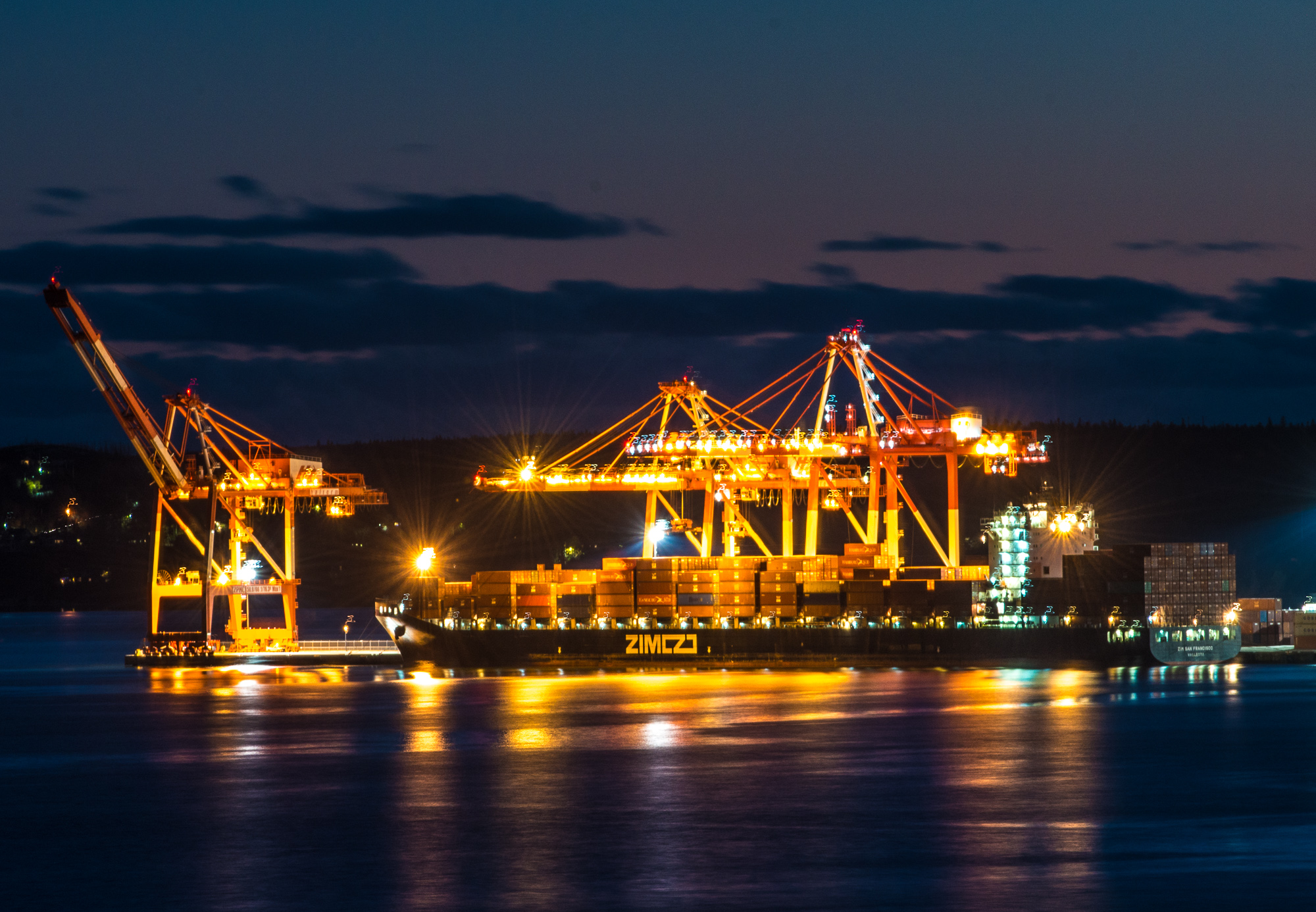Photographing Fall sunsets & supermoon over Halifax Harbour,
I have been planning to make these photos for almost 5 months now. At this time of year the sun sets almost directly behind the Halifax Citadel and the supermoon (Nov 14th) moon sets almost directly behind the Halifax McDonald Bridge.
Why is knowing my sun and moon position important for me? At this time of year the sun sets directly behind the city. In the summer the sun sets to the far right of our downtown waterfront.
By having the sun set behind the city skyline, I have the glow of twilight and shadow that adds shape and dimension to the buildings.
Without this glow I would lose the implied shapes of the buildings and of course the saturated colours of twilight.
For the supermoon that just took place on Nov 14th, 2016. I wanted to have a large foreground element of the bridge and city that adds scale to the moon and emphasize the effects of the supermoon phenomenon.
There is a secondary reason why this time of year is important for me. As the temperature gets colder there is less moisture in the air, especially over Halifax Harbour. With less moisture in the air I can achieve a much clearer image when photographing over water and vast distances. If you have a lot of moisture in the air this will create a haze in your photo and this haze will reduce the sharpness and colours in your image.
By planning out your photo in advance, a bit of luck with the weather and lots of patience you will create the image you want.
There are many resources to plan your photos in advance. I use The Photographer's Ephemeri app on my iPhone and desktop app to determine my sun and moon position.
It is a really powerful app that has so many functions and features. It works on almost all mobile and desktop platforms. Here is a link to the The Photographer's Ephemeri app (Link).
Thank you for taking the time read my post. Remember photography is not just about the subject matter but more about how we photograph the light and how that light interacts with our subject.
Cheers & keep taking photos. :)
Mike
Gear
- Nikon D800
- Nikon D7100
- Nikon 12-14 f2.8
- Nikon 24-70 f2.8
- Nikon 70-200 f2.8
- Nikon 200-500mm f5.6
- Manfrotto tripods
- warm gloves ;)











